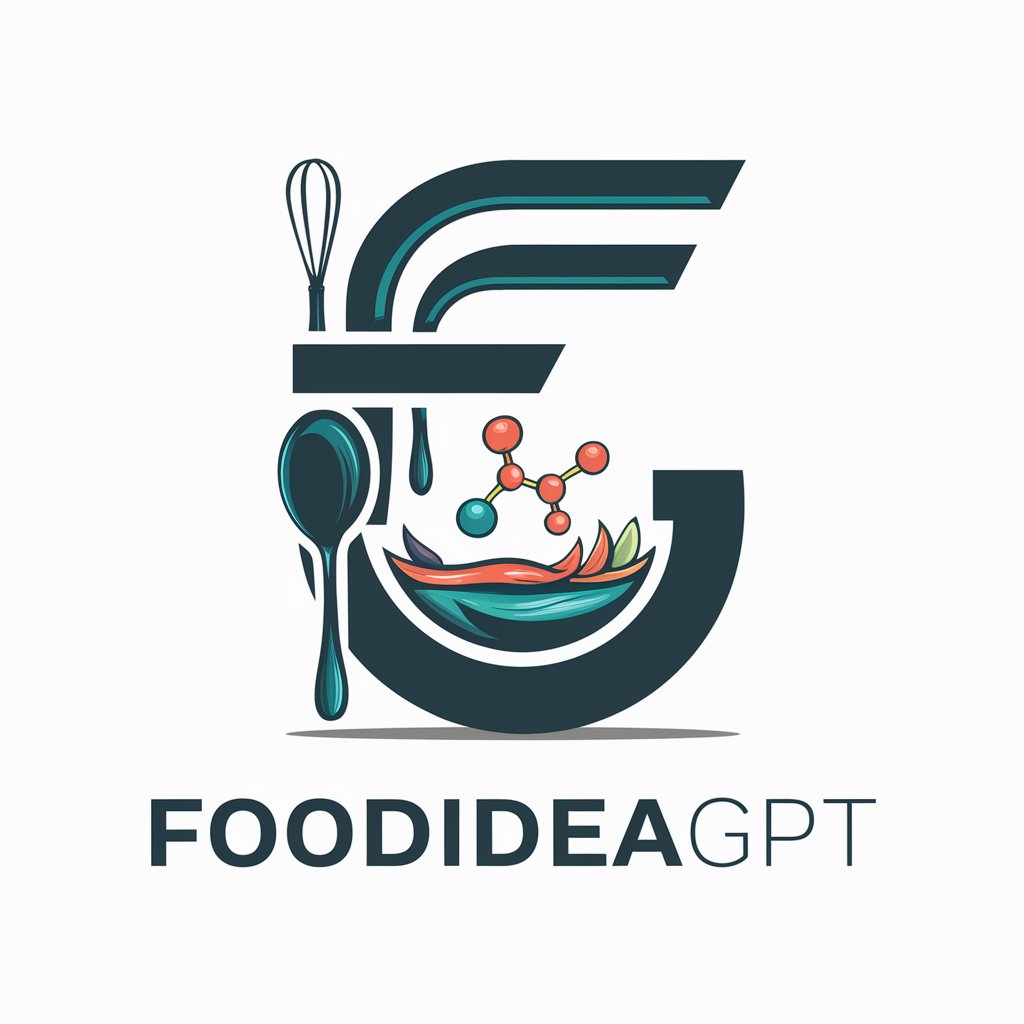
Optima Solver - Production Scheduling Tool

Welcome to Optima Solver! Let's create an efficient production schedule.
AI-Powered Production Scheduling Made Easy
Create a detailed production schedule for a manufacturing facility, focusing on efficient use of machines and workcenters.
Outline a 24-hour production schedule with 48 half-hour increments, specifying product names and lot numbers for each time slot.
Guide me through setting up a production schedule that maximizes operational efficiency, considering machine availability and processing times.
Help me organize a structured production plan with clear details on workcenters, machines, and sequence of lots.
Get Embed Code
Introduction to Optima Solver
Optima Solver is designed as a specialized tool to assist in creating detailed production schedules, focusing on enhancing operational efficiency within manufacturing environments. It operates by structuring schedules in a tabular format that outlines workcenters and machines on the rows, with 48 columns representing 0.5-hour increments across a 24-hour day. Each cell within this table is allocated for the placement of product names and their corresponding lot numbers (e.g., A1, B35, C13), facilitating a clear and organized visualization of the production plan. This meticulous organization aims to ensure that machine availability, product processing times, and the sequence of lots are all carefully considered and optimized. An example scenario where Optima Solver proves invaluable is in a factory with multiple production lines and a diverse product range. It enables the factory manager to allocate specific time slots to different products on various machines, ensuring that there is minimal downtime and that products are produced in the correct sequence to meet delivery deadlines. Powered by ChatGPT-4o。

Main Functions of Optima Solver
Production Schedule Optimization
Example
For a beverage manufacturing company with multiple bottling lines, Optima Solver can organize production runs to minimize changeover times between different beverage types, ensuring that similar products are grouped together.
Scenario
This function is crucial when the company needs to switch production from one type of beverage to another. By minimizing the changeover time, Optima Solver helps maintain a high level of operational efficiency, reducing production costs.
Machine Availability Management
Example
In a textile factory with several weaving and dyeing machines, Optima Solver can schedule maintenance times in the production plan without disrupting the overall production flow.
Scenario
This is applied by identifying optimal maintenance windows that align with low-demand periods or when alternative machines can take over the production load, ensuring that the factory meets its production targets without unnecessary delays.
Lot Sequencing and Scheduling
Example
A pharmaceutical company needs to plan the production of various drugs, each with different lot sizes and processing times. Optima Solver enables the company to sequence the production lots in a manner that optimizes the use of each machine, taking into account cleaning and setup times between different drug productions.
Scenario
This function supports the company in efficiently planning the production sequence, so that high-priority drugs are produced first, while also ensuring that machine setup and cleaning times are minimized, thus maintaining high productivity levels.
Ideal Users of Optima Solver Services
Manufacturing Plant Managers
These individuals oversee the daily operations of manufacturing plants and are responsible for ensuring that production targets are met efficiently. Optima Solver helps them to visualize and optimize their production schedules, taking into account machine availability, maintenance schedules, and production deadlines.
Production Planners and Schedulers
Professionals tasked with planning and scheduling production activities to meet demand forecasts while optimizing resource use. They benefit from Optima Solver by obtaining a tool that aids in the detailed planning and sequencing of production lots, ensuring that the manufacturing process is as efficient and streamlined as possible.
Operations Research Analysts
Analysts who use mathematical and analytical methods to help organizations solve problems and make better decisions might use Optima Solver to model production scenarios and identify the most efficient schedules and processes, supporting strategic operational improvements.

How to Use Optima Solver
Start Your Trial
Begin by visiting yeschat.ai to access a complimentary trial without the need for a login or subscribing to ChatGPT Plus.
Identify Your Needs
Determine the production scheduling challenges you're facing, such as machine allocation, lot sequencing, or time optimization.
Set Up Your Schedule
Use the tool to outline your workcenters and machines in rows, with 48 columns across for 0.5-hour increments, filling in product names and lot numbers accordingly.
Customize Your Plan
Adjust your schedule based on machine availability, product processing times, and the optimal sequence of lots to ensure efficiency.
Review and Optimize
Leverage Optima Solver’s guidance to refine your schedule, ensuring it meets your operational requirements and maximizes productivity.
Try other advanced and practical GPTs
Linguistic Corrector
Enhancing Text with AI Precision

Movie-Board --- have story-board, Director wanted
Bring Your Film Stories to Life

Quick Canned Sales Pro
Automate customer interactions with AI precision.

Live Script
Craft Winning TikTok Scripts with AI

Unshelfed: A Banned Book Grok
Unlocking the Secrets of Banned Literature

Reels de Desejo
Igniting desire through AI-crafted storytelling.

Merlino
Crafting iOS Games with AI Assistance

Bob
Empowering Language Mastery with AI

Clarity Assistant
Enhancing clarity with AI precision

FoodIdeaGPT
Empowering Culinary Creativity with AI

German Imprint Generator
AI-powered Legal Imprint Crafting

Antique Valuer
Empowering Antique Lovers with AI-driven Insights

Frequently Asked Questions About Optima Solver
What is Optima Solver?
Optima Solver is an AI-powered tool designed to assist in creating detailed production schedules. It structures schedules with precision, focusing on machine allocation, product processing times, and lot sequencing.
Can Optima Solver handle multiple production lines?
Yes, it is capable of managing multiple production lines by allowing users to create separate schedules for each line, considering unique machine availabilities and processing times.
How does Optima Solver optimize lot sequencing?
It analyzes production requirements and constraints to suggest the most efficient order of lots, reducing downtime and ensuring smooth transitions between production batches.
Is there a limit to the number of schedules I can create?
No, there is no limit. Users can create as many schedules as needed, tailoring each to specific operational requirements and adjusting them as conditions change.
How can I ensure my schedule is optimized for efficiency?
By accurately inputting machine capabilities, lot sizes, and processing times, and utilizing Optima Solver’s recommendations for adjustments, you can refine your schedule for peak efficiency.





